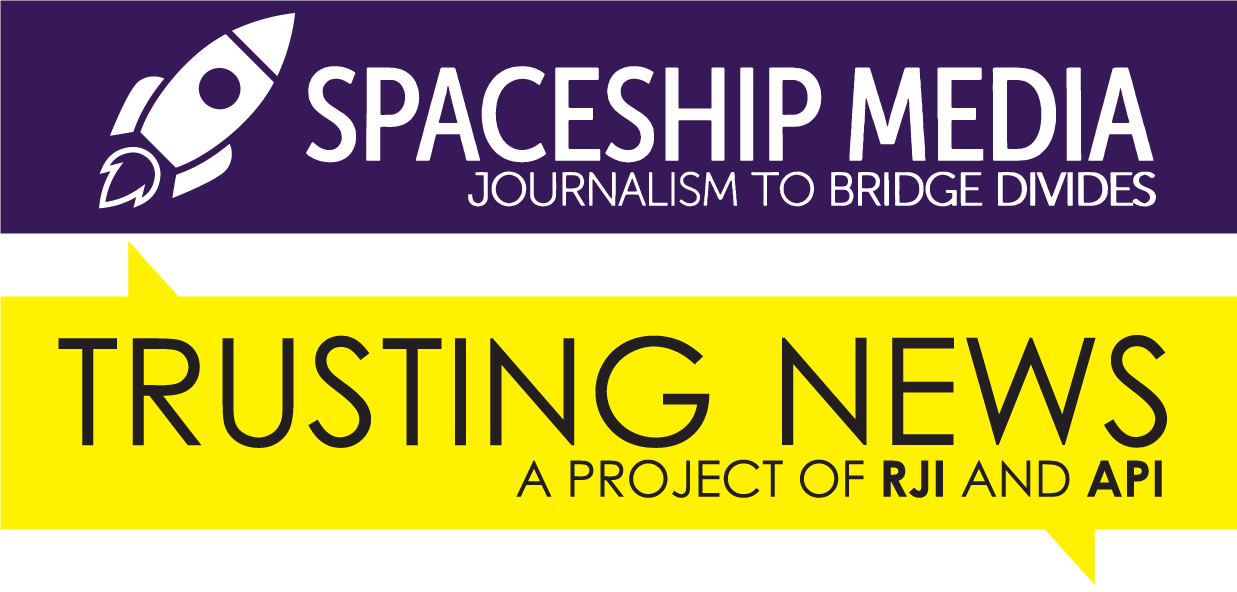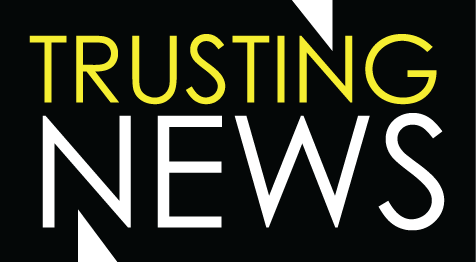Dimensions of Difference: Your Newsroom

YOU
NEWSROOM
COMMUNITY
THE STORY
DIALOGUE
ABOUT
Knowing your newsroom
Each newsroom has its own set of guiding ideals and values. Some news organizations have manifestos or guidelines, others do not. Some have clearly articulated standards and ethics, others do not.
In addition to formally articulated principles, there are assumptions, values and habits that stay unarticulated and unexamined. What are the goals and ideals that guide the news judgment, reporting and editing in your current newsroom?
Note: There are many real-world roadblocks to living up to our highest ideals – money, time, page views, etc. But in this activity, take the time to put those constraints aside and think philosophically and aspirationally about the shared values that underlie your newsroom’s work.

About the exercises in this section
This section has four exercises.
In the first, we invite you to think about your newsroom as a whole. What are the values and views that guide your team’s coverage as a whole?
In the second, we ask you to consider how those values drive specific coverage areas or stories.
In the third, we invite you to reflect on how your own values align (or don’t) with the dominant culture of your newsroom.
In the fourth, we invite you to consider how you can hire with people’s diverse lived experiences in mind.
Exercise #1
Your newsroom’s overall values
How to use this exercise:
What to Prepare: Make a copy of this Jamboard and schedule a time to meet with colleagues either online or in-person. Have everyone bring their completed values worksheets.
On your copy of the Jamboard, have everyone read over the sample values listed. Then have each person add additional values that reflect your newsroom’s work. (This can be done anonymously, or you can have folks add their initials or share out loud.) These could come from your organization’s mission statement, from internal docs or from personal observation and beliefs.
Once additions have been made, have each person “vote” for the ones they feel are most central to how the newsroom operates. They can do that by dragging a symbol onto the corner of the note or by using the pen tool to add a checkmark or plus to the symbol.
Once you have a tally, look at the values that got the most votes.
Then as a group, discuss:
- What do the values that got the most votes say about you as an organization?
- Which of the values would you say are most visible to your audience, and which might be harder to discern?
- Share examples of recent work that you would point to as evidence of how you live out each value.
- Do you have trouble identifying examples for any of the popular values? If so, does that indicate potential for increased reporting investment?
- Then look at the values that got fewer votes. Invite people who selected them to talk about how those show up in your work as well.
Some values might drive the coverage of specific teams or people, and others might feel more universally appropriate. The goal is not to reach unanimous agreement. It’s to understand and make visible the forces behind your collective decision-making.
If you find yourselves with good clarity around your values, make sure your community can find out what they are! Do you have a public-facing mission statement? It’s important to tell the story of your work in a way that’s accessible and understandable.
And if you find yourselves all over the map, it could be time to revisit your organization’s mission and goals. Do you know who you’re serving, how you plan to do it and what value you offer your community?
Exercise #2
Which newsroom values drive specific coverage?
How to use this exercise:
What to Prepare: Schedule a time to meet with your colleagues and discuss which values drive specific coverage areas in your newsroom. (It will be useful to have completed the values worksheet as well as the first exercise in this section one before completing this activity.)
In advance of the meeting, ask people to select two topics that they believe are especially important to your newsroom’s coverage. Pick from this list of topics (or identify your own):
- Education
- Growth and development
- Public health
- Public safety and policing
- Business
- Faith
- Immigration
For each of the two topics selected, have everyone suggest one example of coverage. Share the coverage examples with the group to read ahead of the meeting.
When you come together, talk through these questions together:
- What values do you think drive coverage of each topic?
- Of all the possible story angles, how were these specific stories selected and framed?
- What are the central questions being asked or examined in these stories?
- Who are the primary stakeholders for the topic? For example, for education, you would list students, parents, teachers, staff, taxpayers, local businesses, neighborhoods, etc.
- Which stakeholders are best served by these stories? Which are not?
- Whose voices are centered in the stories? Was that decision made deliberately? Is the newsroom well set up to hear from other stakeholders? To consider other story angles and frames?
- Look back at the values you identified. Does the work reflect the values you thought it would? What other values does it reflect? Discuss.
Exercise #3
How do you relate to your newsroom?
How to use this exercise:
What to Prepare: (Complete the values exercise first.) Have everyone come prepared to reflect on how their personal values align with the overall values of your newsroom. How are they in sync? How might they be out of sync?
In this exercise, you are invited to examine how you fit in with the overall newsroom values you identified in exercise one, your newsroom values.
When you come together, review the results of the first exercise. Then introduce the following questions. Have everyone take about five minutes to write their responses.
- What are 1-3 ways you feel in sync with the dominant values of your newsroom? Identify an example of how that has shown up in your day-to-day work, and think or talk about how it feels to be on the same page as the people you work with.
- What are 1-3 ways you feel out of sync with the dominant values of your newsroom? Can you identify points of tension or difference?
- Pick one of those points of tension to drill down on. Does it show up in discussions about your coverage? If so, what does that look like? And how does it feel to be at odds with or on a different page from your colleagues? If it doesn’t show up in discussions, why does it go unarticulated?
- Identify some upcoming coverage that would especially benefit from diverse viewpoints and considerations. How would you like that to go? What would a healthy debate look and feel like?
After around 20 minutes, split into groups of 2 or 3 to process the experience and for those who are comfortable sharing, to discuss any tensions or new ideas that came up. Invite groups to think about how they might support each other in advocating for diverse viewpoints or new angles to report on.
Exercise #4
How can you hire with Dimensions of Difference in mind?
How to use this exercise:
Who we are as humans affects how we do journalism, and that principle is true when considering individuals AND when looking at a whole newsroom’s approach to coverage. We often rely on colleagues to help us understand an issue or community we’re not as familiar with, and to give us suggestions and feedback on things like sourcing, story angles and word choice.
But the opportunity to bring nuance to each other’s work depends on having enough dimensions of difference on staff to begin with. If you are faced with a lot of sameness in your newsroom — across any factor that separates you from the community you serve — that should be a consideration as you fill open positions.
Consider the ways your newsroom does and does not reflect the community you serve. Are you whiter? More city oriented than small town? More liberal? Less likely to attend worship services regularly? Less likely to be caregivers? (These questions will be addressed in an exercise in the Your Community section, so feel free to come back here after completing that.) Make a list of some values, experiences and perspectives you wish were present on staff.
Then read through our guide on Hiring for Dimensions of Difference, which we created alongside partner journalists. It suggests interview questions that can help managers learn more about what a job candidate would contribute to collective newsroom perspectives. What would they bring beyond a set of journalism skills?
The hiring guide also walks through how to use the interview questions in a way that feels natural and avoids tricky legal territory (there are things you just can’t ask).
About this guide
Dimensions of Difference is based on a series of workshops conducted by Eve Pearlman of Spaceship Media and Joy Mayer of Trusting News. Dimensions of Difference supports journalists in understanding their views and values, offering strategies for engaging more productively within newsrooms in the service of better journalism.


